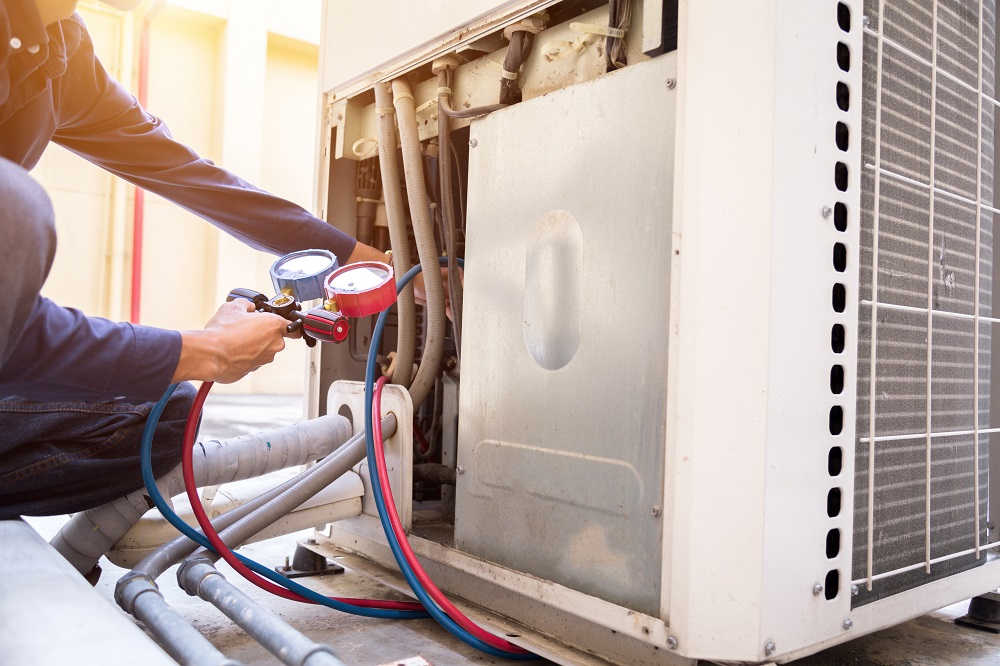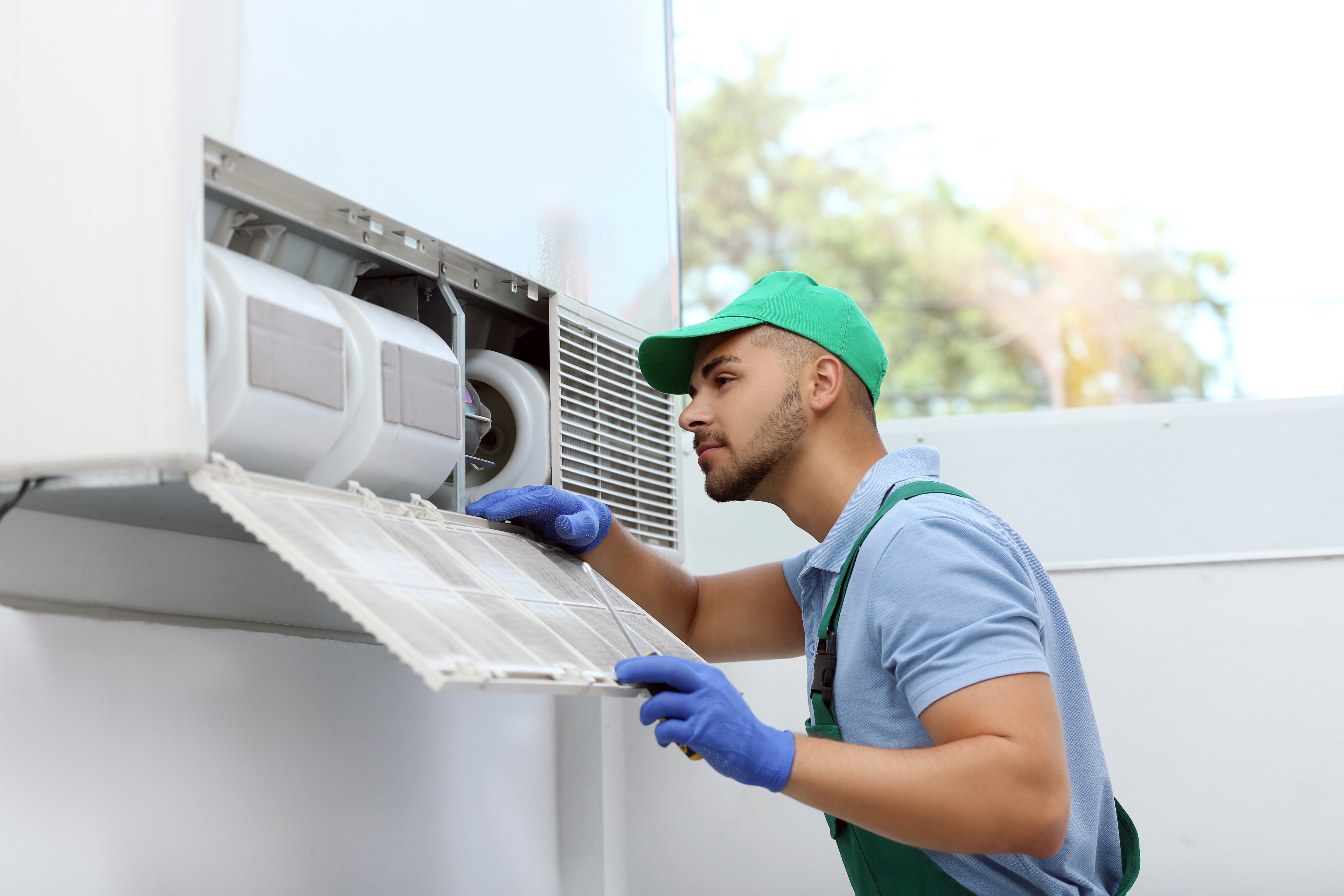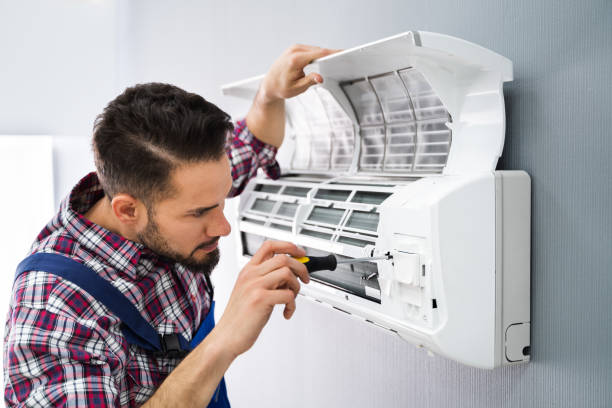Troubleshooting AC Concerns: Usual Problems and DIY Repair Work Tips for Homeowners
When it comes to the comfort of our homes, a functioning air conditioning system plays a vital role. Nonetheless, concerns with your a/c system can occur unexpectedly, leaving you in pain. From odd noises to leakages and poor air conditioning, these issues can be aggravating and costly otherwise attended to quickly. As a homeowner, having a standard understanding of typical air conditioning concerns and some DIY repair work pointers can save you time and money. Allow's explore several of the most typical issues property owners encounter with their a/c systems and how you can repair them efficiently to guarantee your home stays cool and comfy.
Unusual Sounds From AC System
When your air conditioner unit begins releasing uncommon sounds, identifying and addressing these noises immediately can prevent additional damages and ensure optimal efficiency. One typical noise is a piercing squealing, which may show a problem with the belt that links the electric motor to the blower. This concern can lead to overheating and system failure otherwise resolved promptly. An additional problematic sound is a grinding noise, commonly triggered by metal-on-metal get in touch with within the system. This can be as a result of worn-out bearings or a malfunctioning electric motor - ac repair fresno. Disregarding this noise might lead to substantial damages to the AC unit. Additionally, a clicking noise might indicate an issue with the relay button, which regulates the power supply to the compressor. Neglecting this issue may lead to compressor failure. A buzzing sound could show particles in the outside system or electrical issues. Regular maintenance and prompt repairs are essential in dealing with these noises to ensure the long life and performance of your air conditioner system.
Leaking or Dripping Air Conditioning
The presence of water dripping or dripping from your a/c unit can suggest underlying issues that need timely attention to stop damage and preserve the system's capability. Leaks can originate from various resources within the cooling system. One typical factor for water leak is a clogged up condensate drain line. Gradually, this line can become blocked by dust, debris, or algae growth, triggering water to support and overflow from the unit. One more possible cause of leaks can be a harmed or improperly set up drainpipe frying pan, leading to water seepage. In addition, an unclean or blocked air filter can restrict airflow, triggering the evaporator coils to ice up and after that thaw, resulting in excess water that may leak out of the system. To resolve dripping or dripping air conditioning problems, home owners can start by examining and cleansing the condensate drainpipe line, inspecting the drain pan for damage, replacing air filters on a regular basis, and making certain proper installation of all components. If problems continue, it is suggested to look for specialist cooling and heating assistance to stop further damage and ensure optimal system performance.

Inadequate Cooling Efficiency
Not enough air conditioning performance in an air conditioning system can be indicative of underlying issues that need timely medical diagnosis site here and resolution to make certain optimal performance. Cleaning up the coils can usually settle this issue. Regular maintenance and dealing with issues quickly are important to guaranteeing your air conditioning system operates at its finest.
A/c Not Switching On

To repair an a/c that won't transform on, begin by checking the breaker to see if it has actually tripped. Resetting the breaker might solve the problem. Next off, check the thermostat settings to guarantee they are appropriately configured for cooling down setting. If the thermostat appears to be operating properly, check the air filter for dust and debris build-up. A dirty filter can limit air flow and create the a/c to malfunction.
If these checks do not resolve the issue, it is advisable to speak to a professional cooling and heating specialist to diagnose and repair any kind of underlying issues with the a/c unit.
Unequal Air Conditioning in Different Spaces
Inconsistent space temperatures can be a typical problem in families with main air conditioning systems. In addition, blocked or dirty air vents can restrict the airflow, triggering specific spaces to get much less trendy air than required.
To resolve this problem, house owners can begin by inspecting and making certain that all air vents are open and unhampered. Regularly cleaning page or replacing air filters is also essential to maintain proper airflow and prevent blockages. Another solution is to consider installing a zoning system that allows for specific temperature level control in various locations of your home. This can assist regulate temperatures extra properly and address details convenience needs in each room. By addressing these usual concerns, house owners can enhance the overall air conditioning performance of their central air system and achieve even more regular space temperatures throughout their homes.

Conclusion
Finally, fixing usual a/c issues such browse around this web-site as odd noises, leakages, inadequate air conditioning, not activating, and unequal air conditioning can be workable for home owners with some basic do it yourself repair work pointers. By determining the trouble and taking suitable actions to resolve it, property owners can possibly save on repair service prices and ensure their a/c unit operates effectively. Normal upkeep and timely interest to any problems can aid prolong the life-span of the AC system.